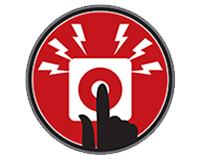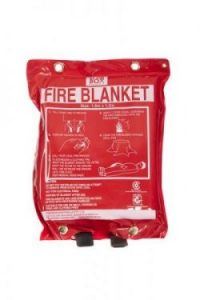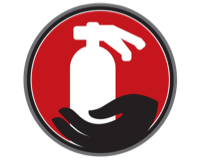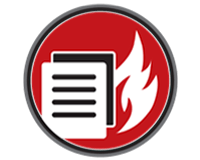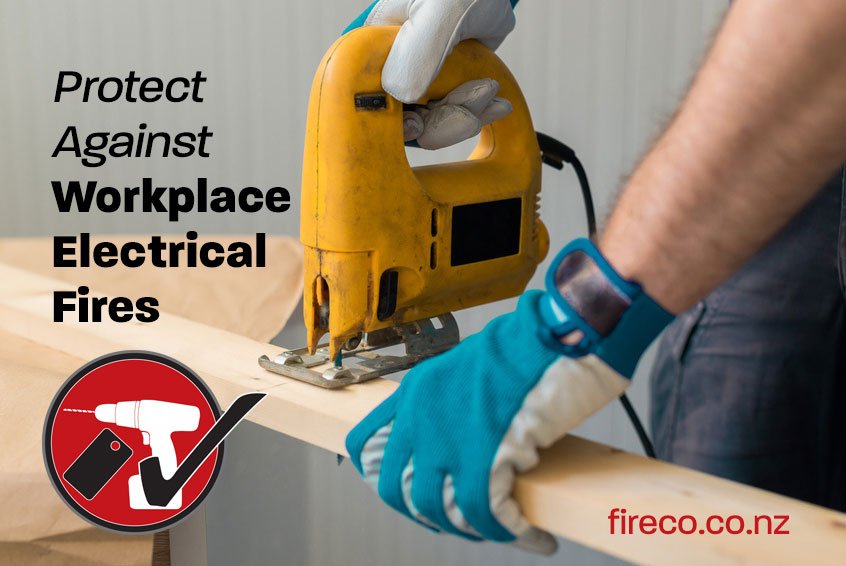
Fires remain a constant worry for most business owners. Nothing can fill you with a greater sense of dread than a fire incident levelling everything to the ground. One can easily picture everything nightmarish about it, there’s so much to lose – property, data, equipment, belongings and even lives. If you’ve managed to get this far operating your business without any fire incident on record, it would be a smart move now to consider getting your fire safety compliance up to date and furthermore, take all necessary steps to ensure employee safety.
And if you’re still not convinced that is a serious consideration for your workplace, think again, the statistics tell a larger story – there are over 82,568 reported emergency and fire incidents during 2018. The second most common underlying cause of fatal fire incidents in New Zealand are electrical failures due to faulty electrical tools, appliances, electronic devices and machinery.
But how do you keep tabs on all electrical devices and equipment? How would one know which electrical appliances should be taken out of service? Monitoring this would be manageable in a small home, but if you’re running a company or a large workplace, there’s a risk that a faulty appliance might be overlooked.
Compound the problem with employees coming and going from a company. When a work contract ends often the same set of tools and equipment remain in the work areas, and they may remain there for a long time uninspected by a fire safety expert or electrician. But no one should come in and work at their own risk. Companies can opt for portable appliance testing or undergo a comprehensive Test and Tag service to secure their fire safety compliance.

What is Test And Tag?
Simply put, any device you can plug into an electrical source should be tested for safety.
Test and tag is the process of inspecting electrical appliances and its auxiliary parts such as power cords, chargers and connecting cables to determine if they are safe to use.
A test and tag can be done in order to properly assess your property’s electrical capacity, whether it can handle the number of modern electrical devices, or check connections which might have a tendency to overload the circuit. A test and tag can help you decide whether certain devices or even outdated machinery should be taken out of service.

Do I Need To Test And Tag Appliances?
Every room in your premises has electrical wall sockets. These sockets are meant for daily use, connecting all electrical devices and machinery in the workplace to a power source. Sometimes the interaction of a worn-out plug, a leaky wall socket or a damaged appliance can have devastating consequences. It can cause a spark which then ignites into a fire that spreads around the combustibles in the area. Sometimes the danger is unseen and doesn’t even involve fire, it could be something as simple as coming into contact with an exposed current which can be fatal; the shock can cause severe burns or result in the body instantly shutting down.
If you want to ensure you have a safe workplace and reduce the risk of electrical fires and incidents of electrocution then a Test and Tag procedure is a must.
What exactly happens during a tag and test?
The steps involved are pretty straightforward:
- Physical and visual inspection of electrical connections, plugs, sockets and cords. Mainly checking cord insulation for any fault, tears, and damage.
- Testing the electrical device for overall functionality
- Run/Leakage test - This is to gauge the leakage current of AC/DC power whether it is over standard and beyond the acceptable limit and whether the results might present a shock hazard to the user.
- Polarity wire test is to confirm the correct connection was made between conductors.
- Checking electrical outlet capacity
- Tagging items properly after the inspection - by categorizing appliances with coloured test tags. Each tag signifies a specific time interval of testing.
- Making a record of all the electrical devices in your property is a core part of the assessment for testing and tagging

How Do I Get a Test And Tag Certificate?
For your test and tag reports to be duly recognised for compliance under AS/NZS 3760:2010, the inspection and testing of electrical devices should be done by a competent technician with the relevant knowledge, electrical skills and proper testing instruments. This can be carried out by a registered electrician, electrical test and tag specialist, licensed electrical inspector, electrical engineer or a contractor with compliance training.
But keep in mind that the AS/NZS 3760: 2010 will expect your Test and Tag certificate to come with the following details:
- Name or ID of Technician responsible for testing
- Name of the company
- Test or inspection date and retest date
- Reference to AS/NZS 3760: 2010
As required by law, every business in New Zealand should have all electrical appliances periodically tested for safety. Fireco NZ can address those compliance needs with our comprehensive and reliable Test and Tag services. No need to look further as we have the technical personnel to handle all visual and electrical inspections. Along with our fire prevention expertise, we can also help you find the most effective firefighting safety equipment that is appropriate for your workplace setting.
Call us today at 0800 101 232 or email info@fireco.co.nz for a free Test and Tag quote in the Auckland and Northland areas!



